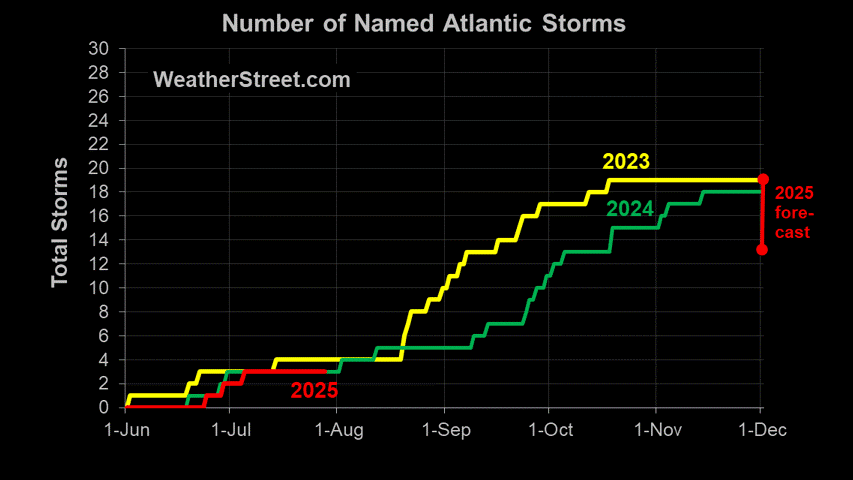Hurricane Issac skirts along the LA coast
Hurricane Issac made landfall early yesterday evening and then basically just stopped. It's been skirting along the Louisiana coastline essentially heading east all night maintaining its hurricane strength as it pumps heavy rain and wind into the city of New Orleans.
This morning, watching The Weather Channel, two things were quite apparent. First of all, the street flooding in the city did not seem too bad indicating that the drainage pumps were working as planned. The other key thing was the effect of the winds, especially when they were funnelled between tall buildings (venturi effect).
The image above is Jim Cantore of The Weather Channel fighting the worst of the winds. Dr. Cantore's report cvan be viewed on this link
Issac poses flooding threats for southeasatern Louisiana and southern Mississippi for the next few days at least but will eventually turn to the north. Then these heavy rains will bring much needed drought relief to the mid-west. The storm track continues to shift more to the west which will bring Issac's rains into Arkansas and possibvly eastern Oklahoma before turning east towards Indiana and Ohio.
Isaac: Major Flood Threat, Midwest Drought Relief (The Weather Channel)
Complete radar track courtesy of Weather Underground
As the radar trace shows, once Issac reached the coast, it essentially turned a slight left and slowed down significantly. Forward motion decreased from 10 - 12 mph to 5 mph currently. Issac's direction is northwest right now which should bring the storm completely on land, however the shape of the coastline in this area allows a significant portion of Issac's strack to maintain at least part of this storm over water.This morning, watching The Weather Channel, two things were quite apparent. First of all, the street flooding in the city did not seem too bad indicating that the drainage pumps were working as planned. The other key thing was the effect of the winds, especially when they were funnelled between tall buildings (venturi effect).
The image above is Jim Cantore of The Weather Channel fighting the worst of the winds. Dr. Cantore's report cvan be viewed on this link
Issac poses flooding threats for southeasatern Louisiana and southern Mississippi for the next few days at least but will eventually turn to the north. Then these heavy rains will bring much needed drought relief to the mid-west. The storm track continues to shift more to the west which will bring Issac's rains into Arkansas and possibvly eastern Oklahoma before turning east towards Indiana and Ohio.
Isaac: Major Flood Threat, Midwest Drought Relief (The Weather Channel)
Sometimes, tropical cyclones slow down or stall when moving ashore. Once the forward speeds slows, the rainfall potential of any tropical cyclone increases rapidly.
This is particularly the case to the north and east of the cyclone's path, where deep tropical moisture can repeatedly be wrung out over a waterlogged area for hours, if not several days.
We're not talking about, say, 2-4" of rain, either. In these persistent bands, that magnitude of rain would fall in just one hour. The U.S. record 24-hour rainfall, 43", deluged Alvin, Texas on July 25-26, 1979 during slow-moving Tropical Storm Claudette.
In Isaac's case, eastern and southern Louisiana, as well as southern Mississippi will be in the epicenter of the heaviest rainfall totals. Over a foot of rain is expected in these areas, with local storm totals in excess of 20 inches! This includes the New Orleans metro area, which will give the city's pumps a stern test.
This combination of heavy rain will pose an even larger danger near the coast of southeast Louisiana and southern Mississippi, where coastal flooding will potentially persist through early Thursday! There's simply no place for all this water to drain!













